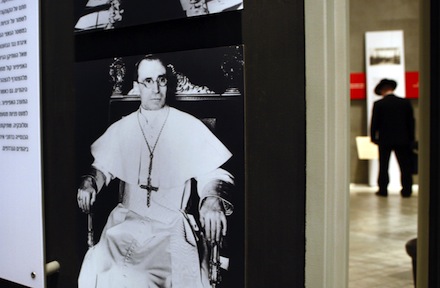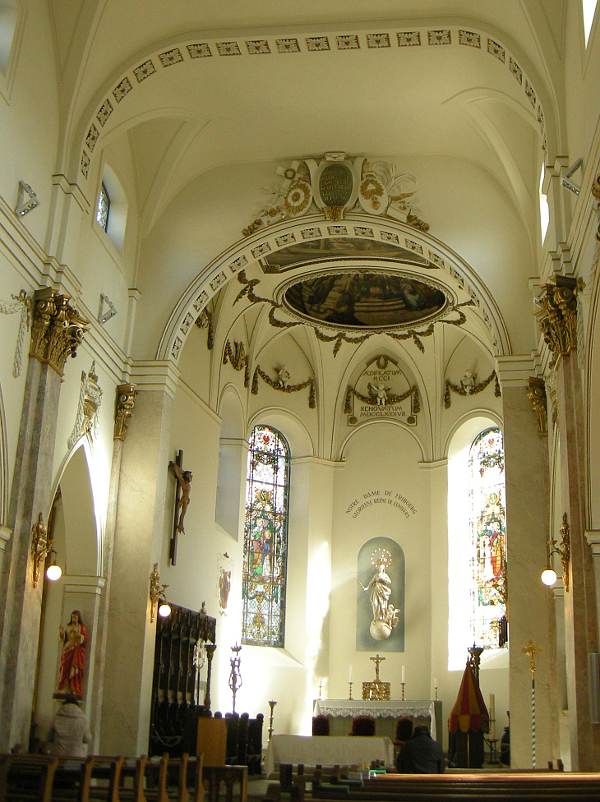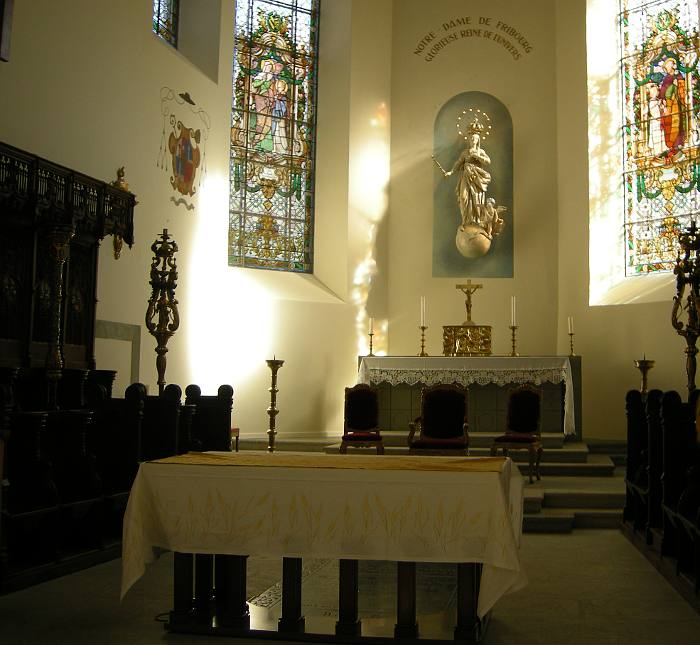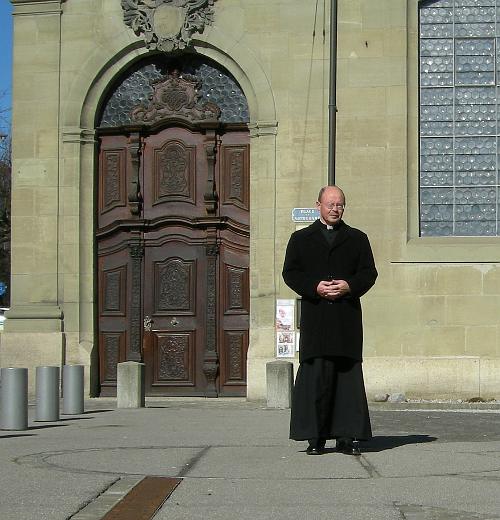P. Nicola Bux, en konservativ teolog som jeg har nevnt her på bloggen flere (14) ganger (skriv Bux i søkefeltet, så kommer innleggene opp) har kommet med et forsvar av erkebiskop Müller. Det er Rorate cæli som som har oversatt et intervju med p Bux fra italiensk (se her) til engelsk, der det bl.a. står:
In 2002, Müller, in his book «Die Messe – Quelle des christlichen Lebens» [The Mass – Source of the Christian Life], speaking of the Eucharistic Sacrament, writes that, «the body and blood of Christ do not mean the material components of the human person of Jesus during his lifetime or in his transfigured corporality. Here, body and blood mean the presence of Christ in the signs of the medium of bread and wine.»
It was precisely in Capernaum that the terms used by Jesus, flesh and blood, were misunderstood as anthropomorphic and the Lord had to reiterate their spiritual sense, which does not mean that its presence is less real, true, and substantial. See the Catechism of the Catholic Church regarding this. Saint Ambrose says that it is not the the element formed by nature, but the substance produced by the formula of consecration: its very nature is transformed, so body and blood are the being of Jesus. The Tridentine Council says that in the Eucharist Our Lord, true God and true man, is «substantially» present. He is sacramentally present with his substance, a mysterious mode of being,admissible on faith and possible from God.
St. Thomas [Aquinas] had said that the mode of «substance» and not the «quantity», characterizes the presence of Christ in the sacrament of the Eucharist. The bread and wine as a species or appearances mediate our access to the «substance», something that happens especially in communion. All the same, the Tridentine Council sees no contradiction between the natural way of the presence of Christ in heaven and his sacramental being in many other places. All this was reaffirmed by Pope Paul VI in his Encyclical Mysterium Fidei, unfortunately forgotten. The senses are not enough, but faith is required from us. It is a mystery of the faith.
On Protestantism and the salvific unicity of Jesus, Müller said, in October 2011: «Baptism is the fundamental sign that sacramentally unites us in Christ, and which presents us as the one Church in front of the world. Thus, we as Catholic and Evangelical Christians are already united even in what we call the visible Church.»
St. Augustine defended against the Donatists the truth that baptism is an indestructible bond, which does not abolish fraternity among Christians, even when they are schismatics or heretics.
Unfortunately today debate is feared in the Church, but moves on theses and ostracism of those who think differently. I refer to theology, of course, in which different opinions may be acceptable.
However, doctrinal development benefits from debate: who has more arguments, convinces. In the charges against Bishop Müller, there is extrapolation from the context: it is easy to condemn anyone like this. A true Catholic must trust the authority of the Pope, always. In particular, I believe that Benedict XVI know that he does. And I would like to renew to the Society of St. Pius X the invitation to trust the Pope.»
Og i en av kommentarene på Rorate cæli står det ganske interessant: «Abp Muller seems perfect for this position. He is tough against the extreme liberals … and he is tough against the extreme conservatives …» Jeg må selv si at jeg ikke uroer meg over utnevnelsen, og jeg tror også pave Benedikt vet hva han gjør.









